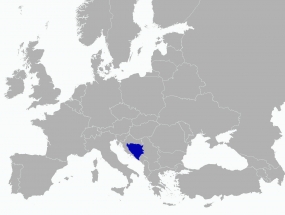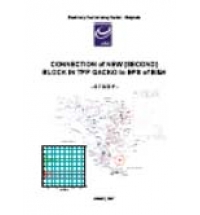Connection of New (second) Block in TPP Gacko to EPS of Bosnia and Herzegovina
client: CEZ (Czech Republic)
type: Internal Study (Transmission, Generation)
finishing date: January 2007
team: M. Vukovic – Project Leader, Dj. Dobrijevic, P. Miksa, Z. Vujasinovic, S. Markovic, T. Martinovic, N. Krajisnik
Construction of the new (second) block of 660 MW, on the same location of existing TPP Gacko, has been predicted. Auxiliary consumption of this unit will be around 60 MW, so net output of this unit is 600 MW.
It means, the total installed power of 960 MW in two phases has been foreseen in the conceptual and technical solutions, on the basis of Gacko’s lignite exploitation. Power of 1x300 MW has already been installed in the first phase and 1x660 MW should be installed in the second phase.
Analyses give an answer is it necessary to reinforce network of B&H in case of commissioning second unit in TPP Gacko, in order to have secure delivery of power and energy from this TPP. The analyses are performed for existing and all potential variants (possibilities) of connection of TPP Gacko to the 400 kV voltage level, taking into account development plans of the 400, 220 and 110 kV voltage level of B&H transmission network. On the basis of existing topology and development plans of 110 kV transmission network in the area other technical issues (auxiliary consumption, back up supply, cold start etc) of both blocks of TPP Gacko are investigated. More detailed modeling of 110 kV network refers just to the area of interest.
All calculations are performed considering exchange programs between EPS B&H and neighbors (market based scenarios).
Economical valorization of harm due to non-operable state of TPP Gacko caused by an outage of an element in transmission network is performed.
Type of services provided:
- Load flow analyses,
- Short circuit calculations,
- Transient stability analyses,
- Frequency response analyses,
- Auxiliary supply analyses,
- Techno-economical aspects


